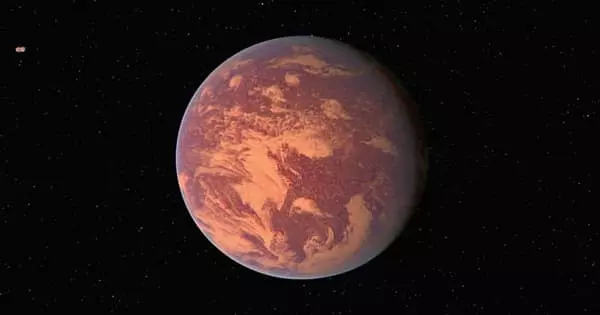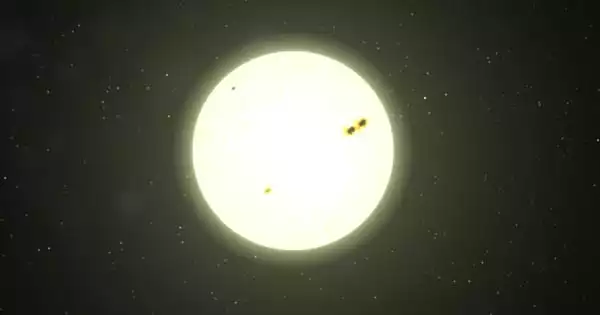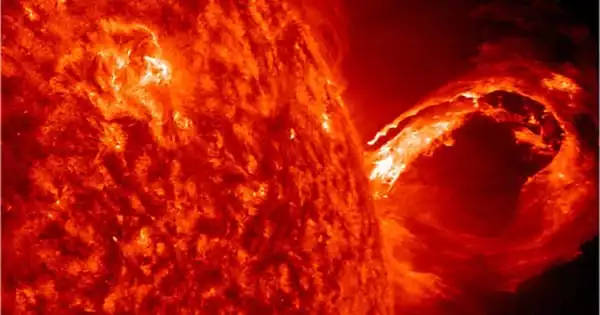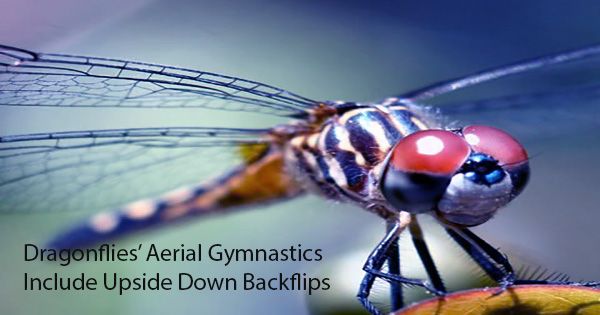In the southern constellation Pyxis, Gliese 317 is a small red dwarf star with two exoplanetary companions. It is a star in the main sequence. It is not a part of the Pyxis constellation outline, but it is within its boundaries. Based on parallax measurements, it is 49.6 light-years away from the Sun and is moving away at a radial velocity of +87.8 km/s. Gliese 317’s color and type are red main-sequence stars, based on the star’s spectral type of M3.5V C.
The star cannot be seen with the naked eye and must be viewed through a telescope. With an apparent visual magnitude of 11.98 and an absolute magnitude of 11.06, this star is too faint to be seen with the naked eye. It is thought to have at least two Extrasolar Planets in orbit around the star. It is 49.95 light-years away from Earth. Gliese 317’s apparent magnitude is 11.98, which is a measure of the star’s brightness as seen from Earth.
This is an M-type main-sequence star with an M2.5V stellar classification. Photometric calibrations and infrared spectroscopic measurements show that the star has a higher concentration of heavy elements than the Sun. The star is estimated to be approximately five billion years old, with a low activity level for a star of its class. It has 42 percent of the mass and radius of the Sun and spins with a 69-day rotation period. At an effective temperature of 3,510 K, the star radiates 2.2 percent of the Sun’s luminosity from its photosphere.

Planetary system
In 2007, it was announced that a jovian planet (designated Gliese 317 b) would orbit the star. The planet orbits the Sun at approximately 95% of the distance between Earth and the Sun. Despite this, due to the lower mass of the central M dwarf, it takes about 1.9 years. Astrometric measurements on Gliese 317 provided a significant update to the distance, putting the star at 15.3 pc, 65 percent farther out than previously assumed. Using mass-luminosity calibrations, the new distance implies that the star, as well as the planet candidates, are significantly more massive. The same astrometric measurements allowed for a constraint of the orbital inclination and a (98 percent confidence level) upper limit on the mass of Gliese 317 b of 2.5 MJ.
With the additional new RV measurements, the second planet in the system was also confirmed, but the period and orbital parameters of Gliese 317 c were very uncertain (P>2000 days). According to stability analysis of this hypothetical system, the pair of gas giant planets are in a 4:1 mean motion resonance. The second planet, which is far from its host star, is an excellent candidate for direct imaging. In 2020, revised elements of this companion were presented, demonstrating that it is a Jupiter analog.
















